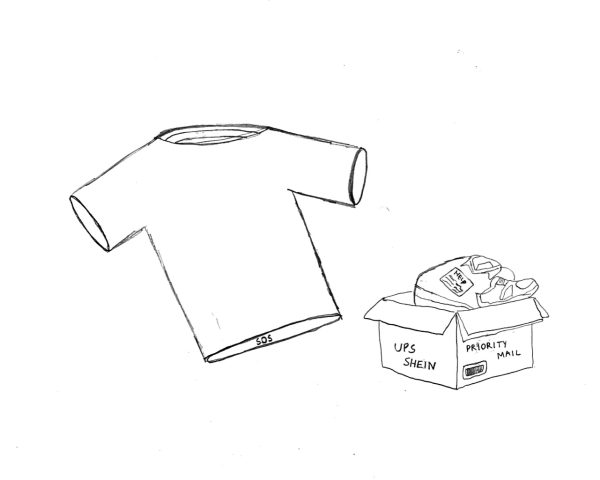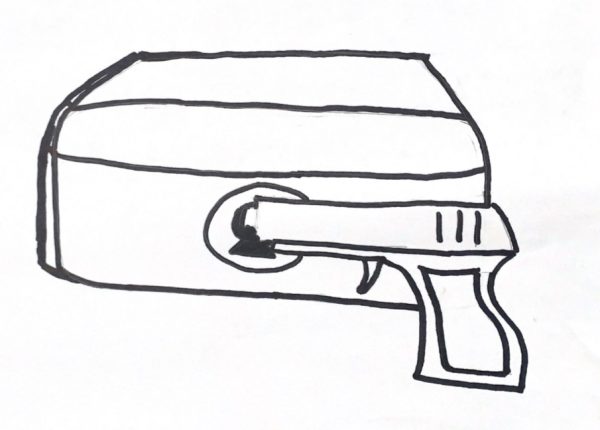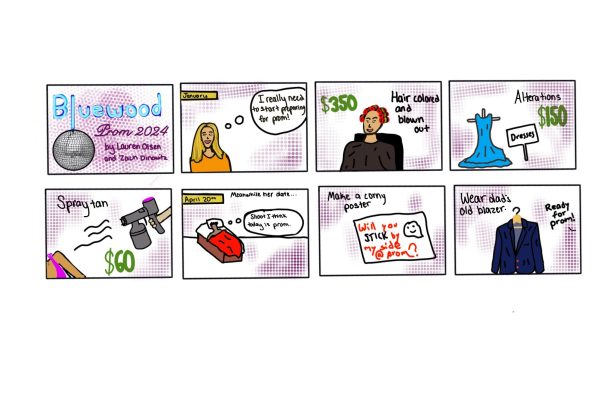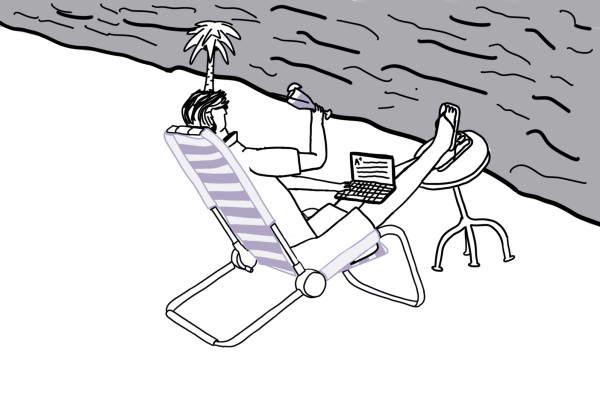Puff-ing our futures away
April 14, 2020
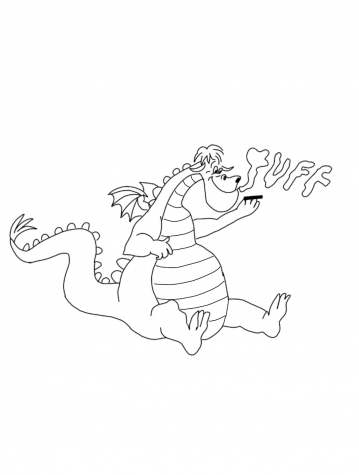
With around 20 different flavors ranging from Tobacco to Pineapple Lemonade and Lush ICE, PuffBar’s advertising is hardly meant for anyone older than a teenager. Advertised by Puggcig.com, the average puff bar has around 450+ puffs per pod which are approximately 20 cigarettes. Puff Bars were originally created as another easy way to stop smoking or vaping. The most popular e-cigarette so far have been JUUL’s, which are reusable nicotine devices that first began to be sold back in 2011. But after receiving a lot of controversy and hate because they’re marketing was primarily directed to people under the legal age of 21, JUUL was banned by the FDA in 2018. Teenagers who could no longer buy JUULs turned to an alternative that, while still illegal, had not yet been banned by the FDA. This came in the form of single-use devices that would last the average consumer around 1-2 days. Although it seemed like a good way to help people ease off of either vaping or smoking addictions, Puff Bars instead have deepened the teenage addiction problem and added others. Without an environmentally friendly method of disposal, these small colorful bars are piling up in the landfill quickly.
There is much controversy over vape companies and whether or not they are the most effective solution to quitting smoking cigarettes. Advertising companies describe the product as a “newly disposable pod device to puff away that is compact, light, and portable” as branded from PuffeCig. Puff Bars are seen as a way to slowly stop vaping, but instead, thousands of Puff Bars are being illegally dealt between students in high schools across the nation because of their appealing flavors, cheap prices, and easy accessibility in almost every convenience store. According to the federal Centers for Disease Control and Prevention, 3 million high school students used e-cigarettes in 2018. Despite the countless commercials describing the long term health effects of vaping circulating the internet and social media, more and more teenagers are starting to vape as well. Most teenagers have switched to Puff Bars, and the addiction rates aren’t slowing down.
With the high school vaping addiction rates at 28% of teens according to Vox, teenagers continue to buy more Puff Bars and toss their old devices into the landfill to sit there for decades to come. Puff bars can be used in as little as 1-2 days. And with the addiction rates rising, these people keep on buying more Puffs to full-fill their cravings. This then leads to them being trashed every day and landing right back into the landfill as they are not made of recyclable material. But the physical battery of the device is not the only harmful thing about it. Vape smoke contains harmful chemicals that are not found in tobacco smoke. The second-hand smoke from vaping is closely the same as that of smoking a normal cigarette. Vaping devices do not simply emit “harmless water vapor”. Second-hand aerosol from vapes contains nicotine, ultrafine particles and low levels of toxins that are known to cause cancer. This is released constantly into the air every day. These same toxins are being breathed in by the people around vapers and are slowly beginning to affect their lungs as well if they are around people who vape enough.
Puff Bars were originally supposed to be a solution to an already growing epidemic. But instead of solving it, they broadened their audience with their wide variety of flavors to young underage kids and have done nothing to stop the addiction rates. They continue to ruin our climate, both in the landfills and by filling toxic chemicals into the air. Instead of worrying about what color flavor Puff Bar we are buying, we should be worrying about what color our lungs are going to be in 20 years.








